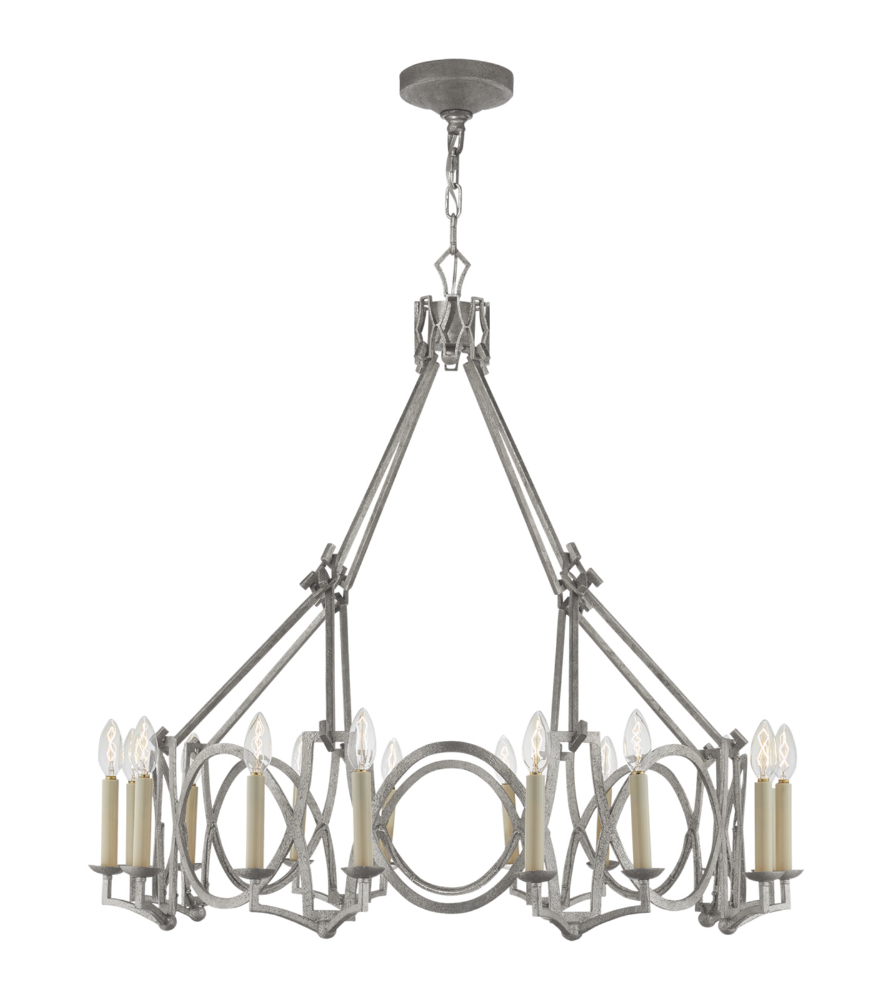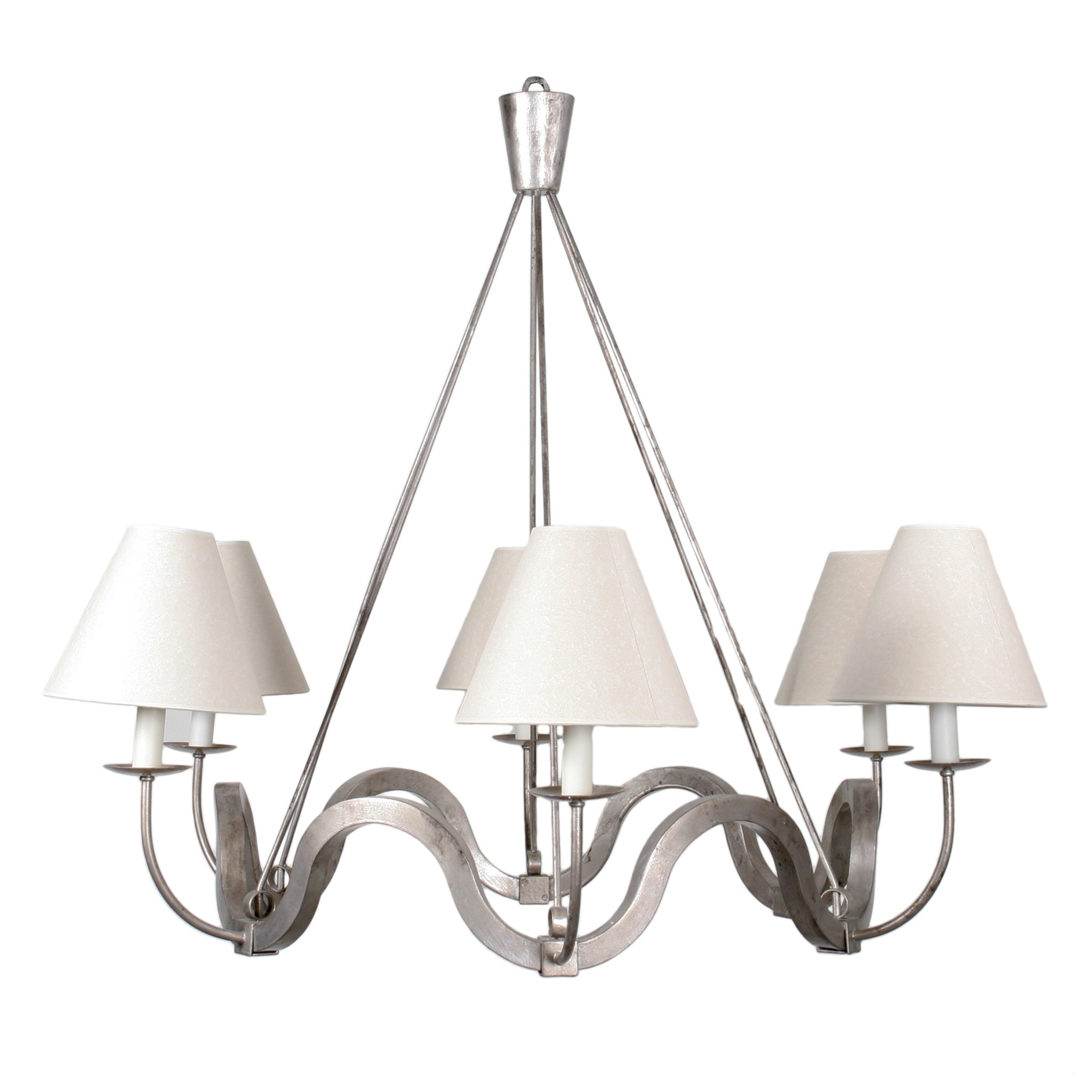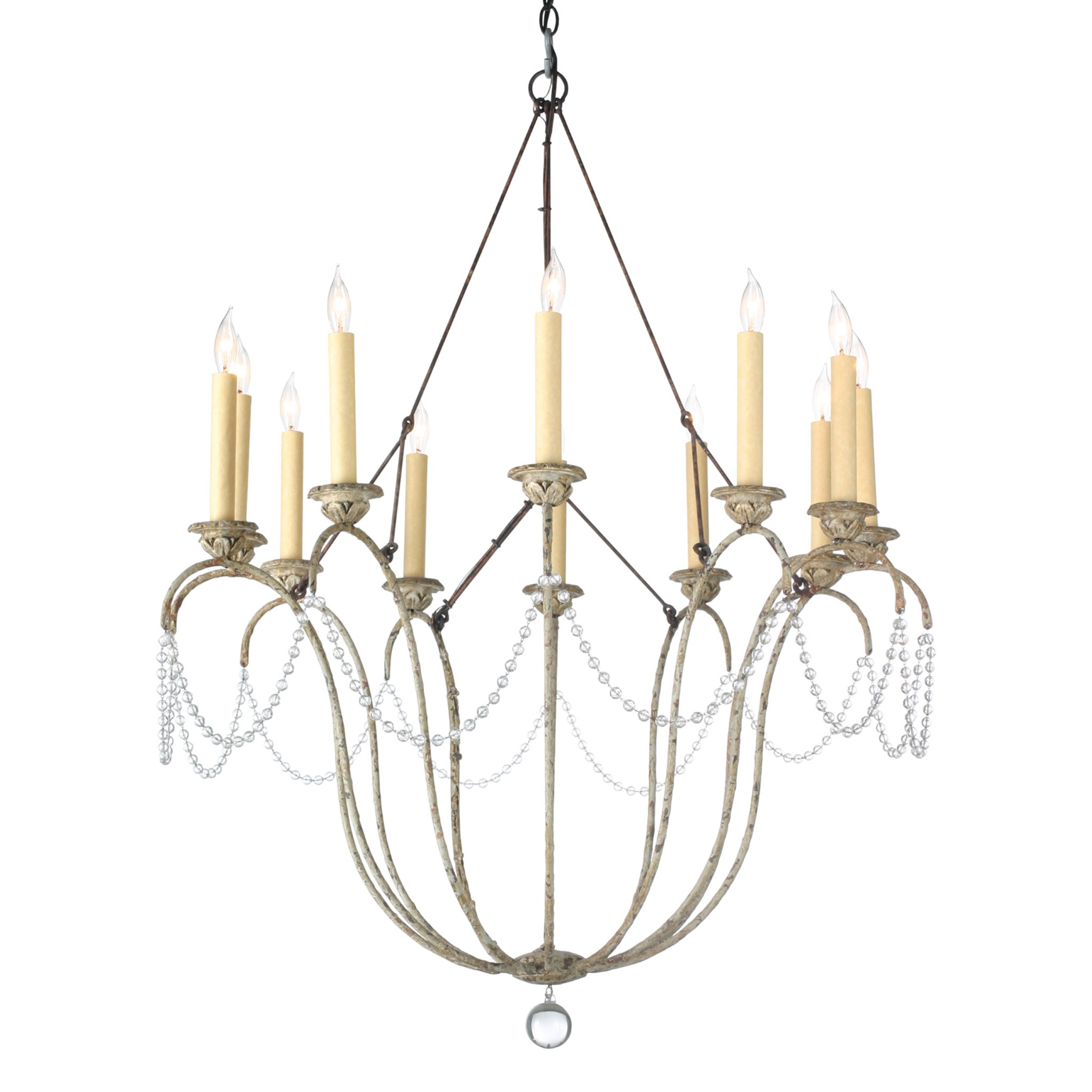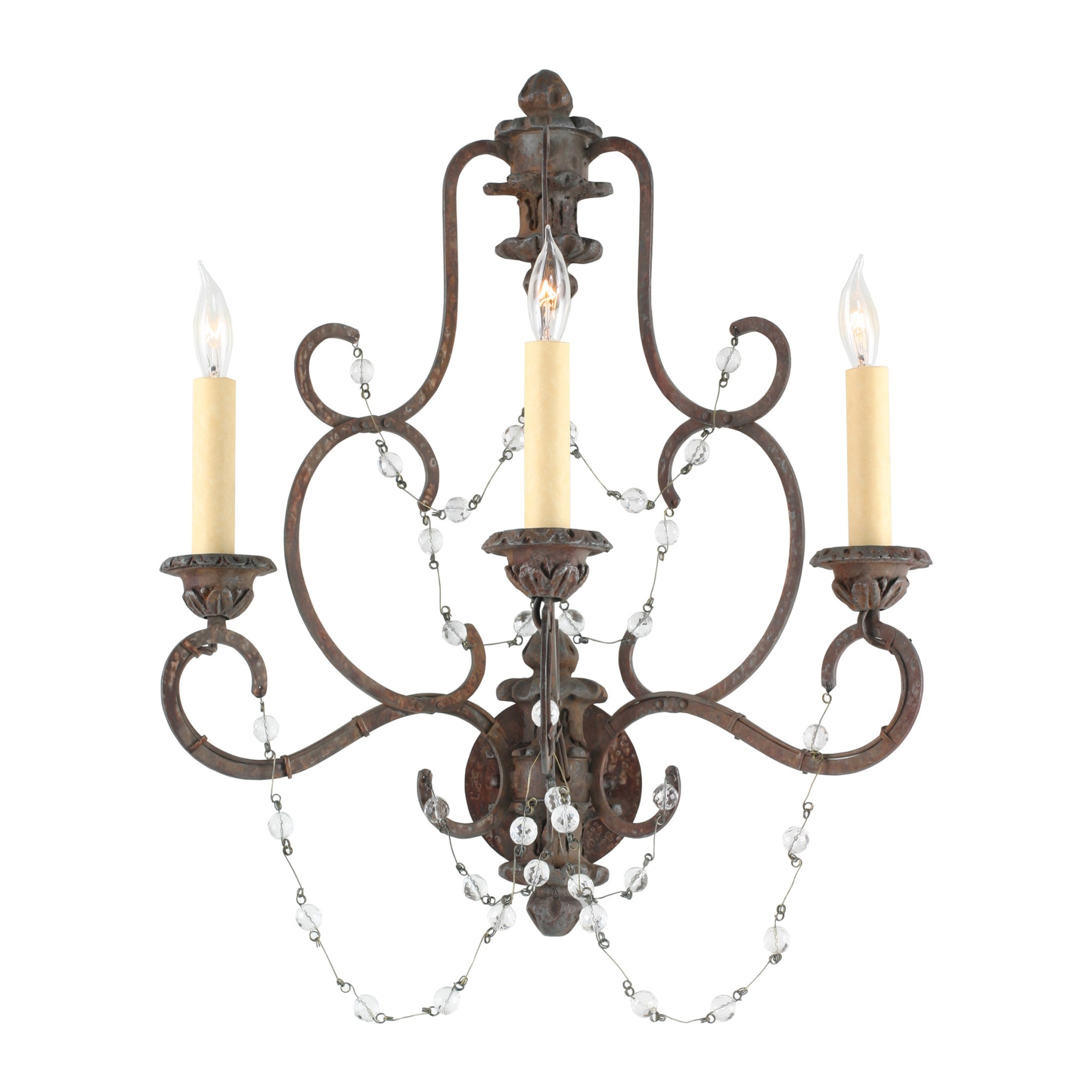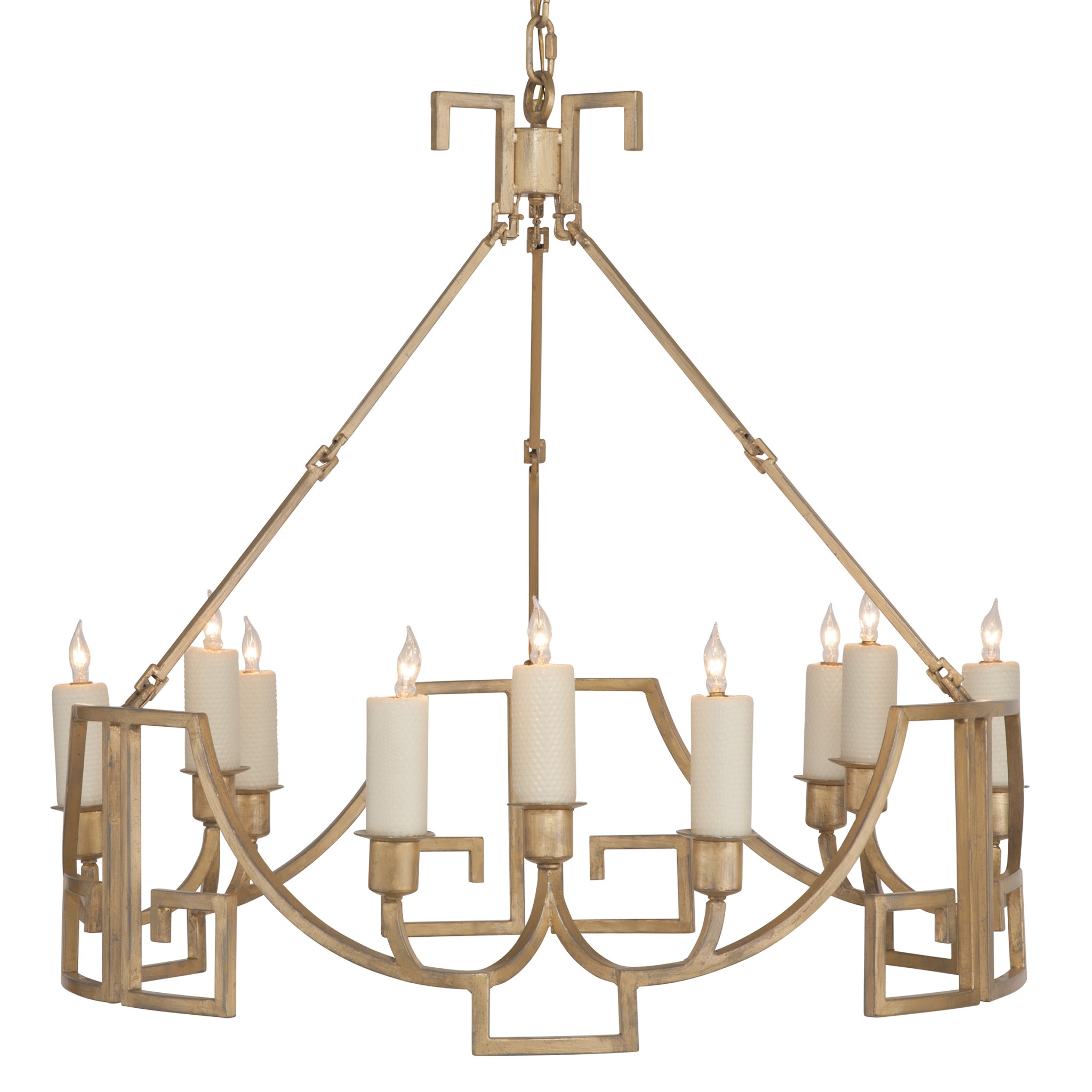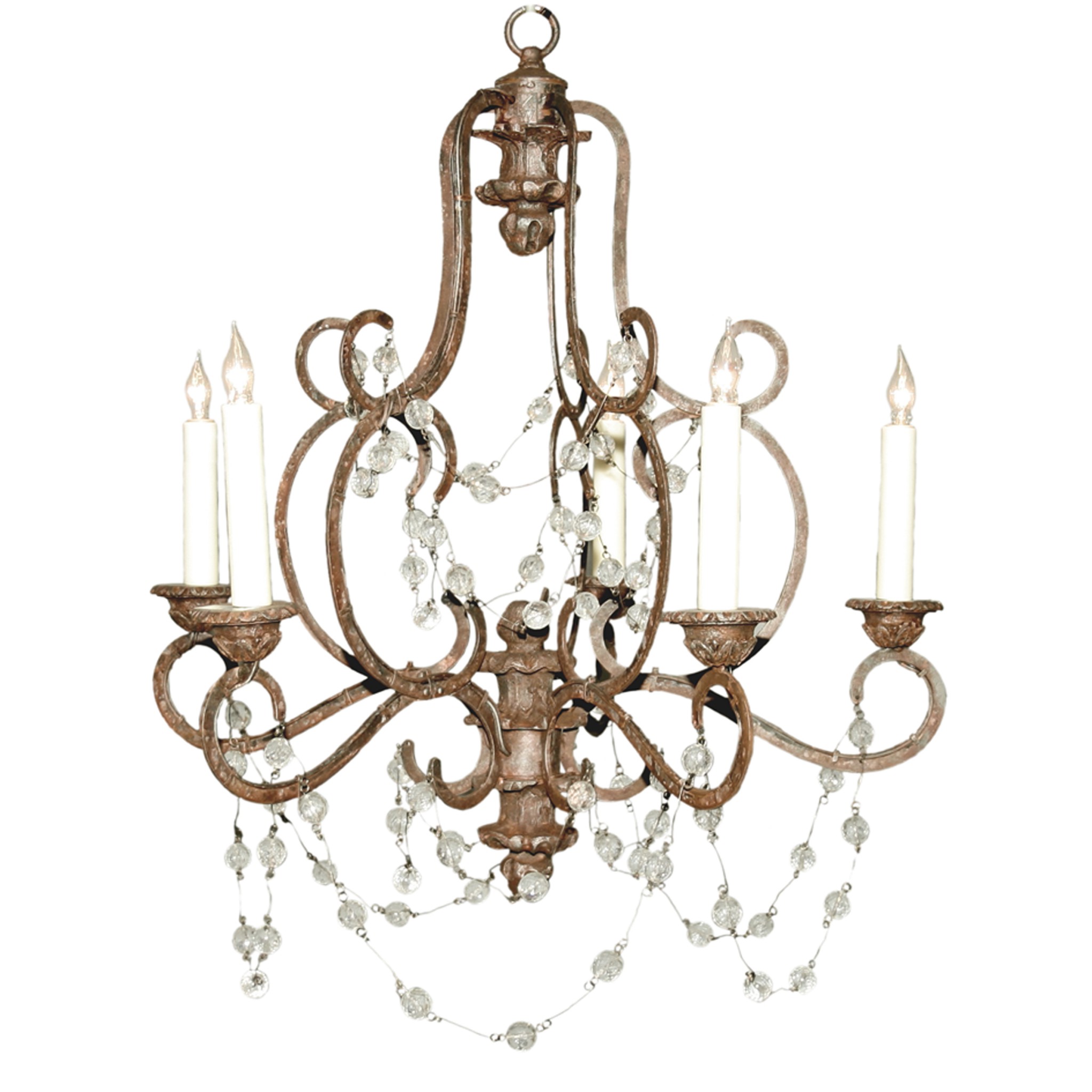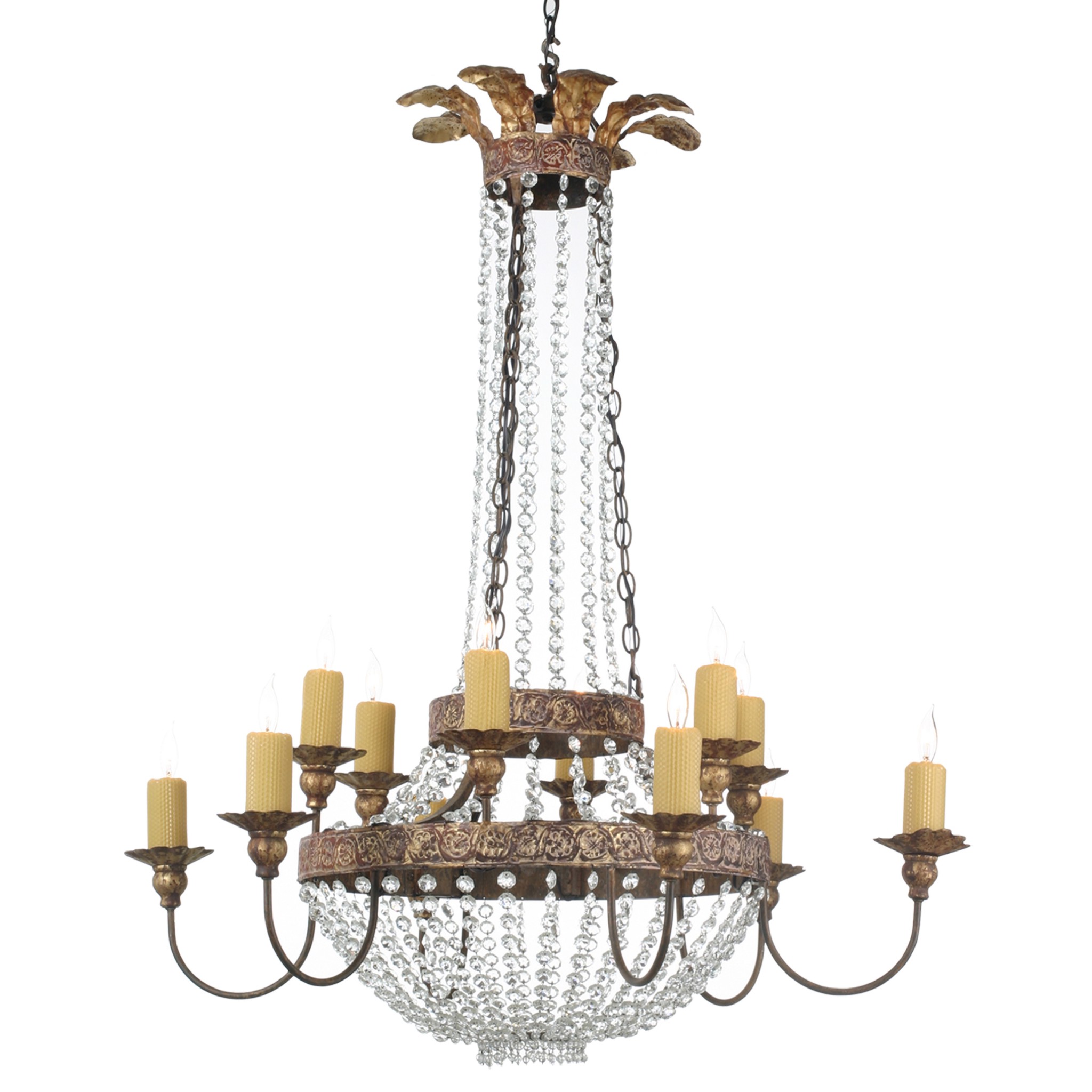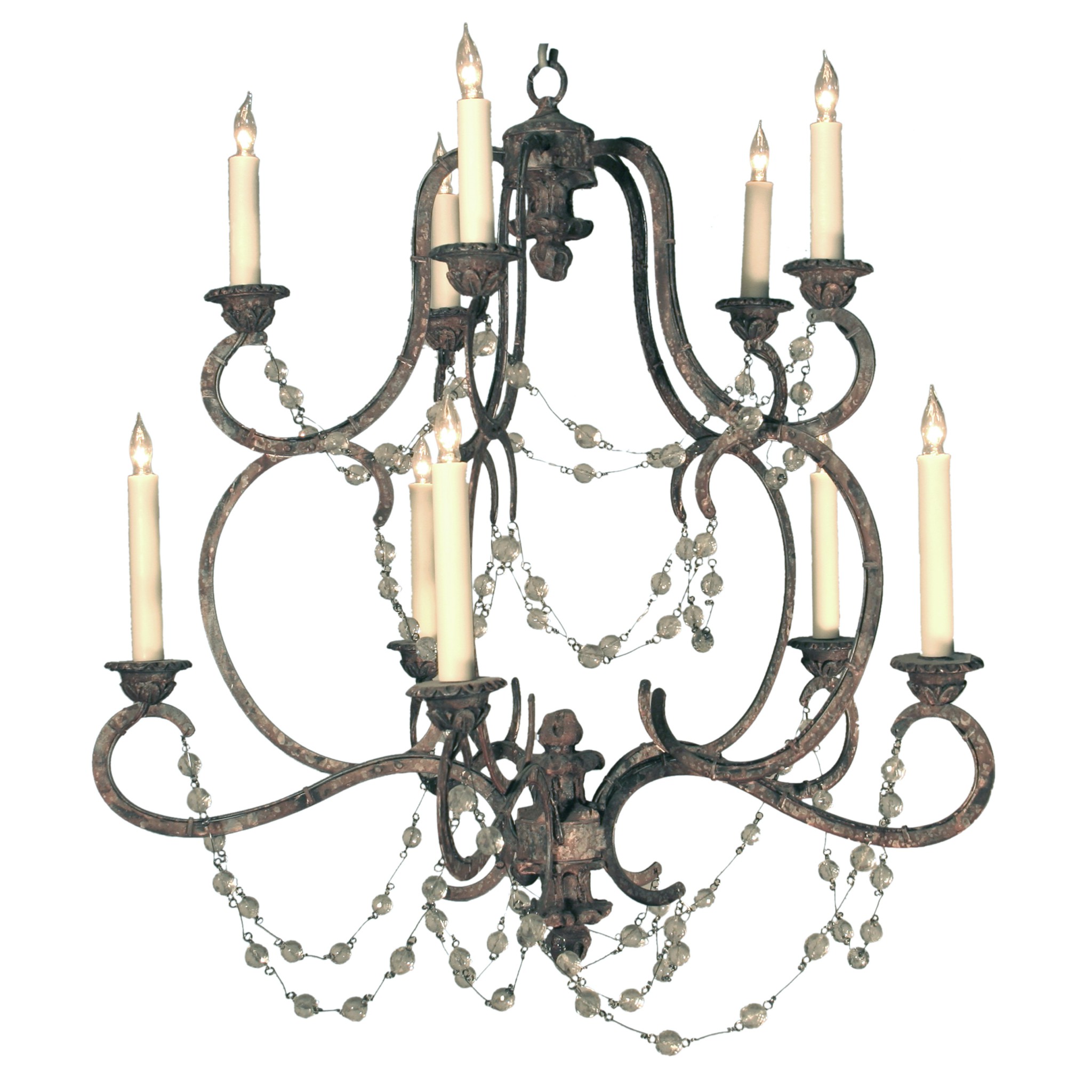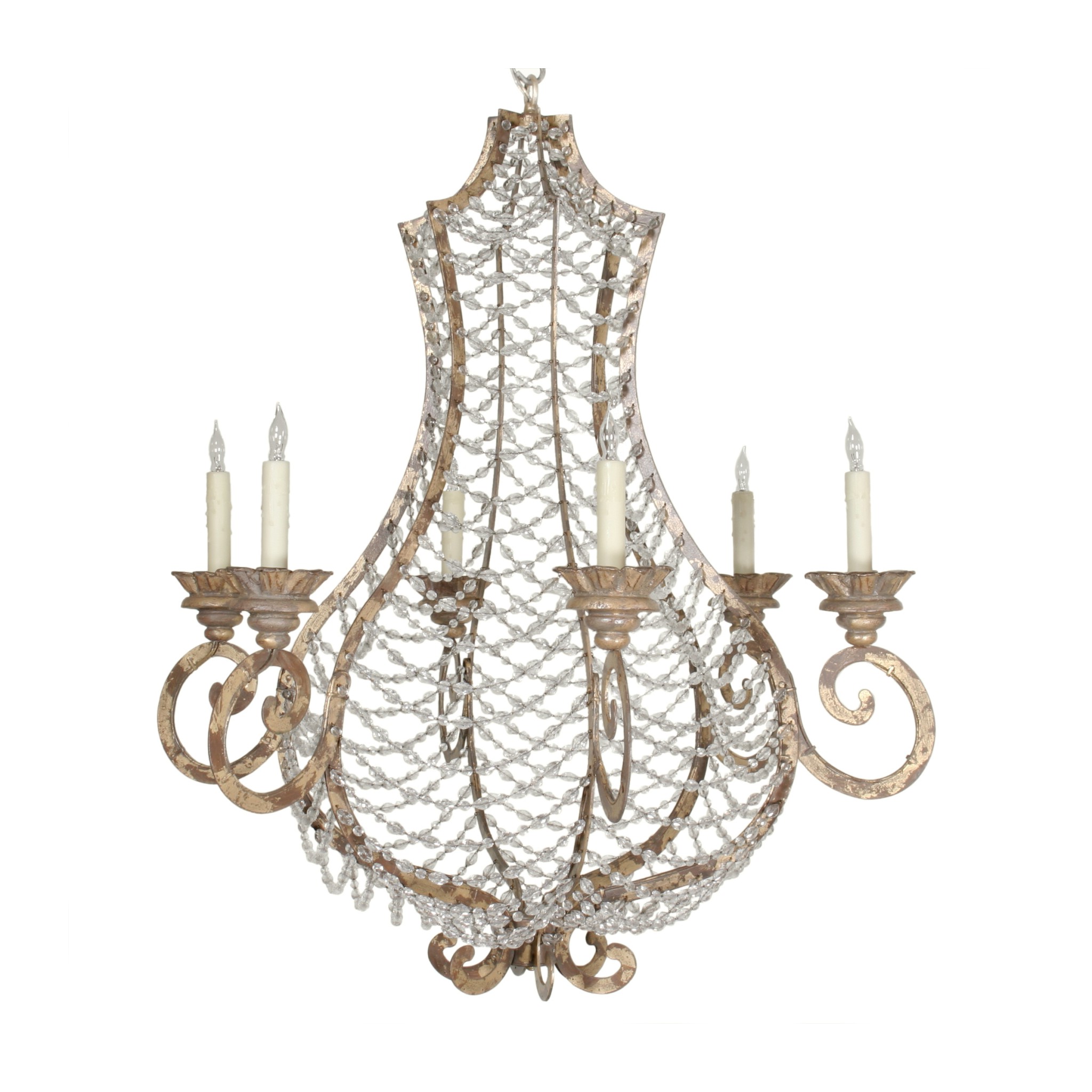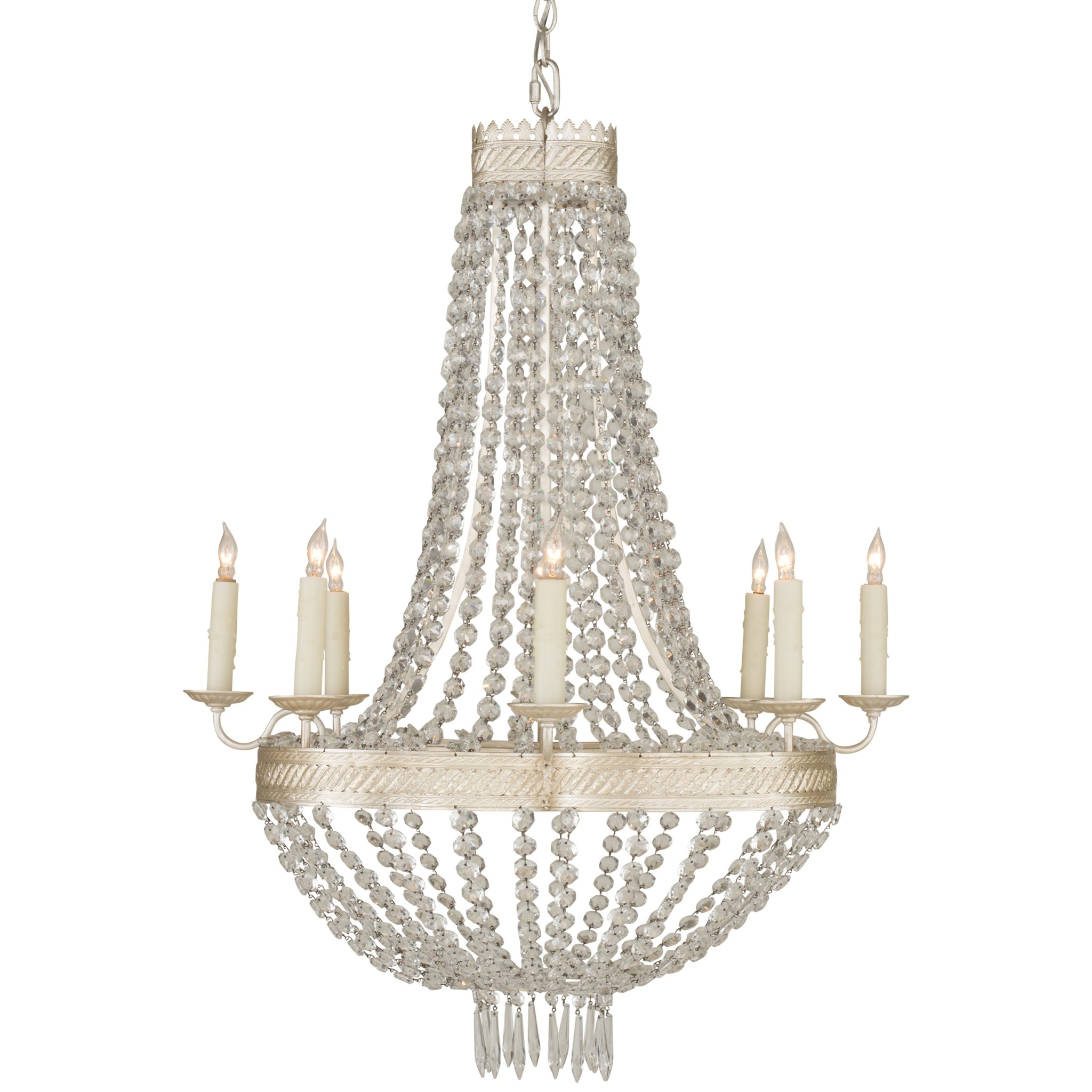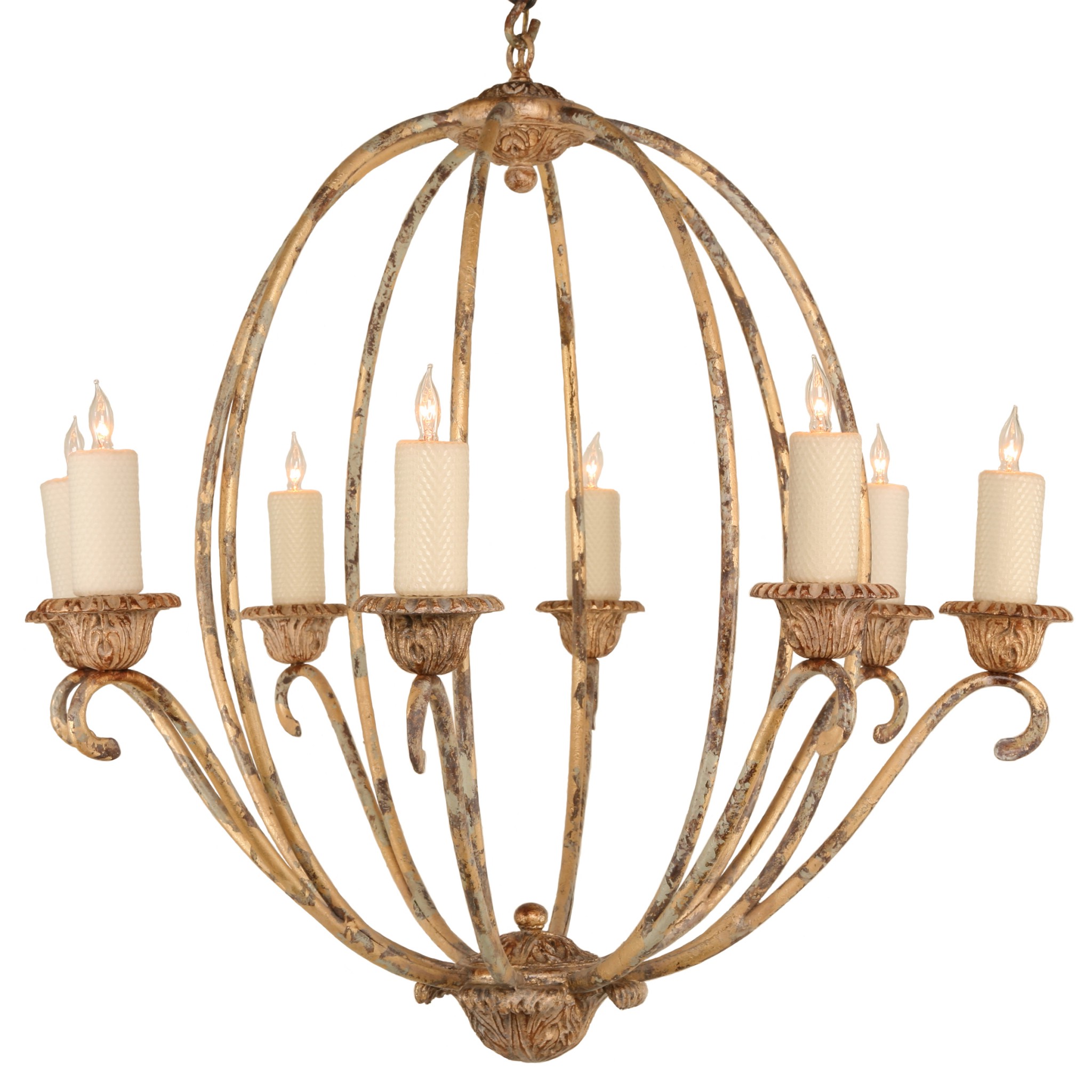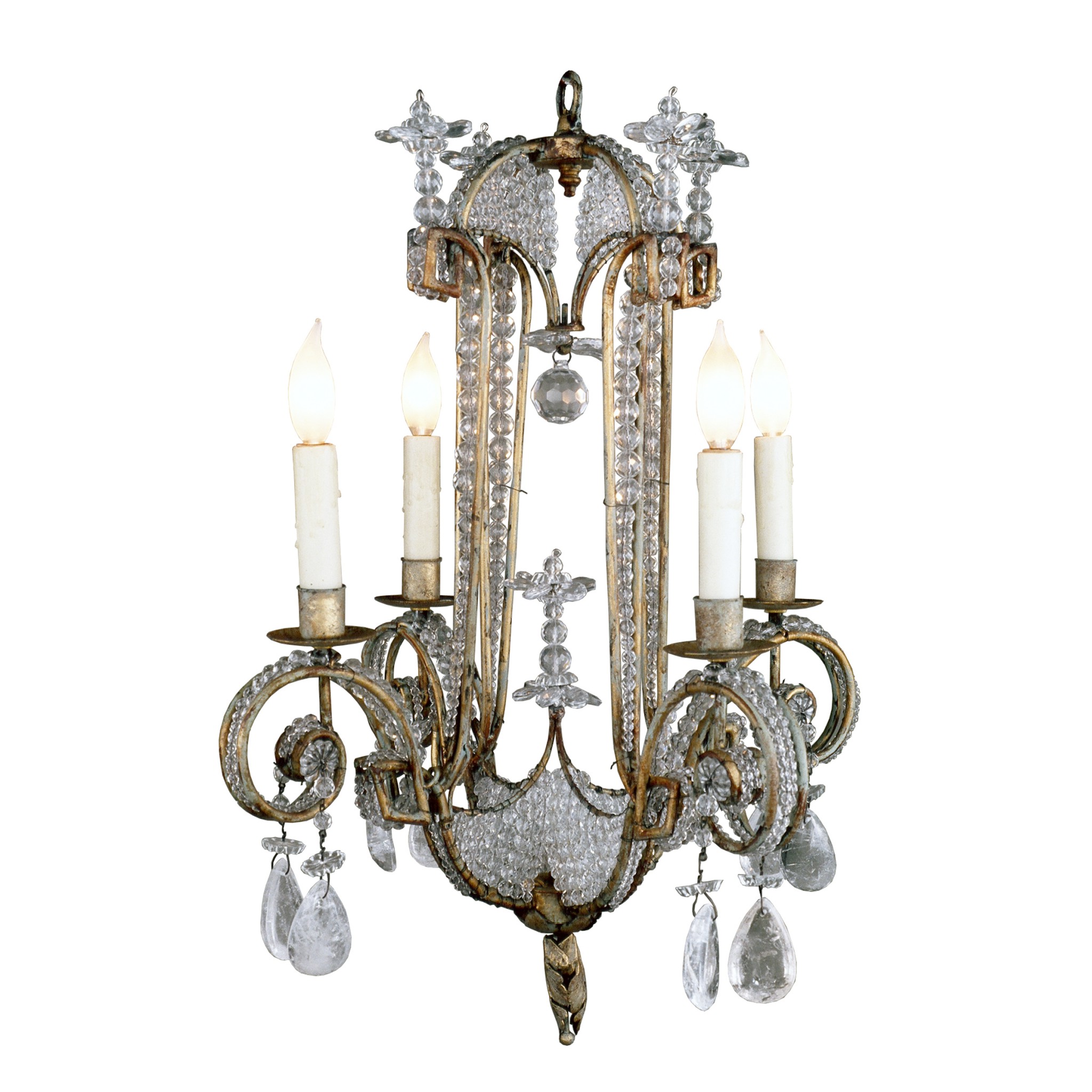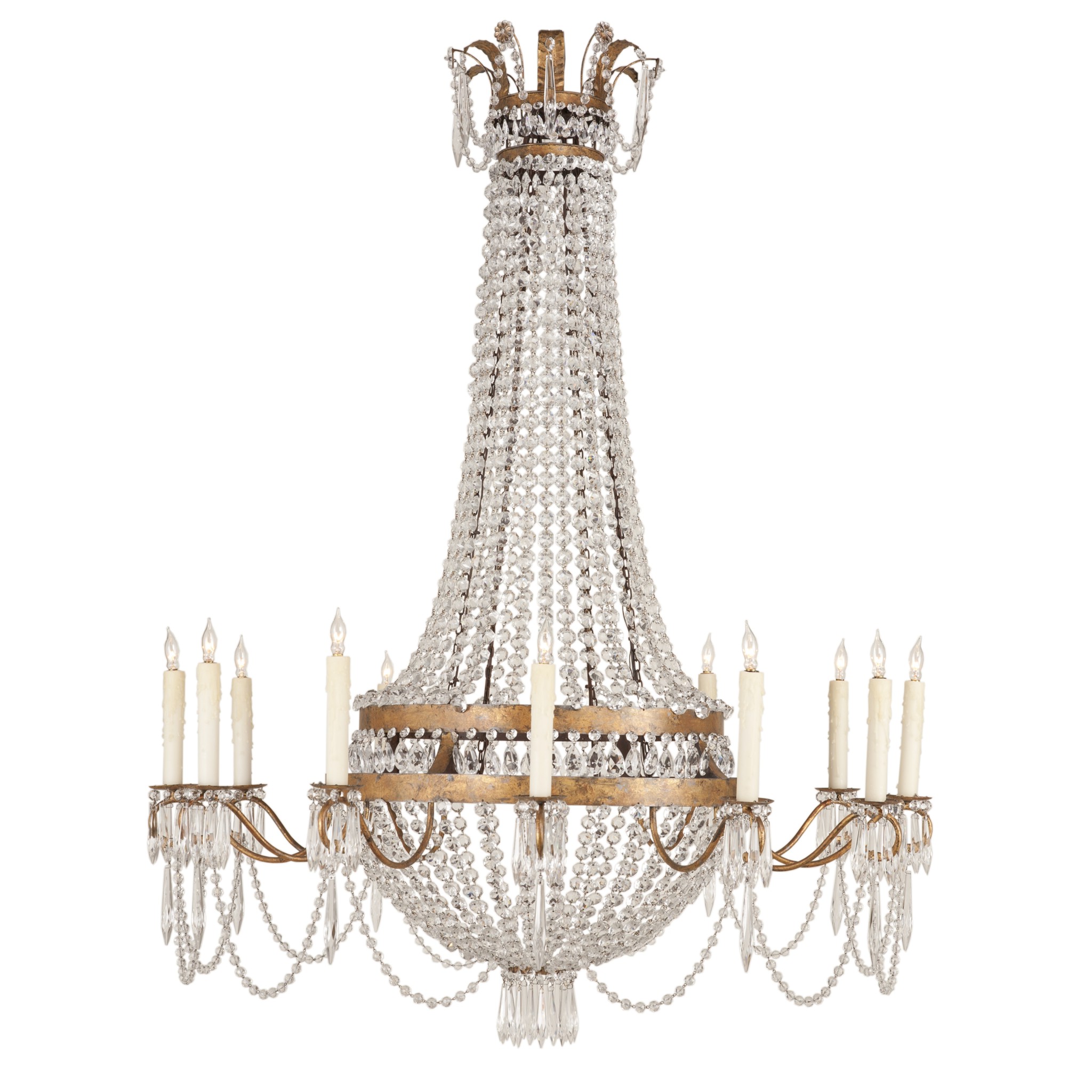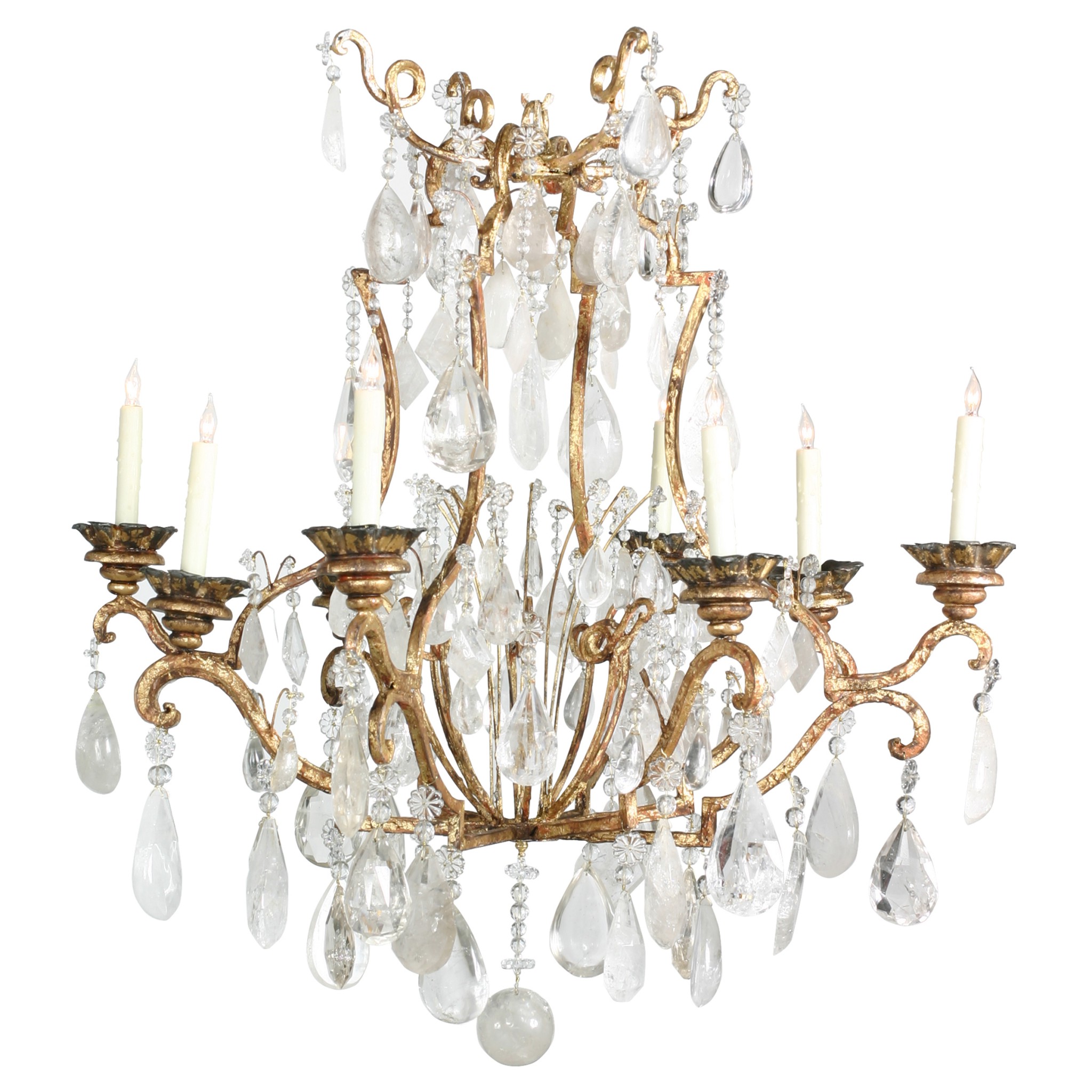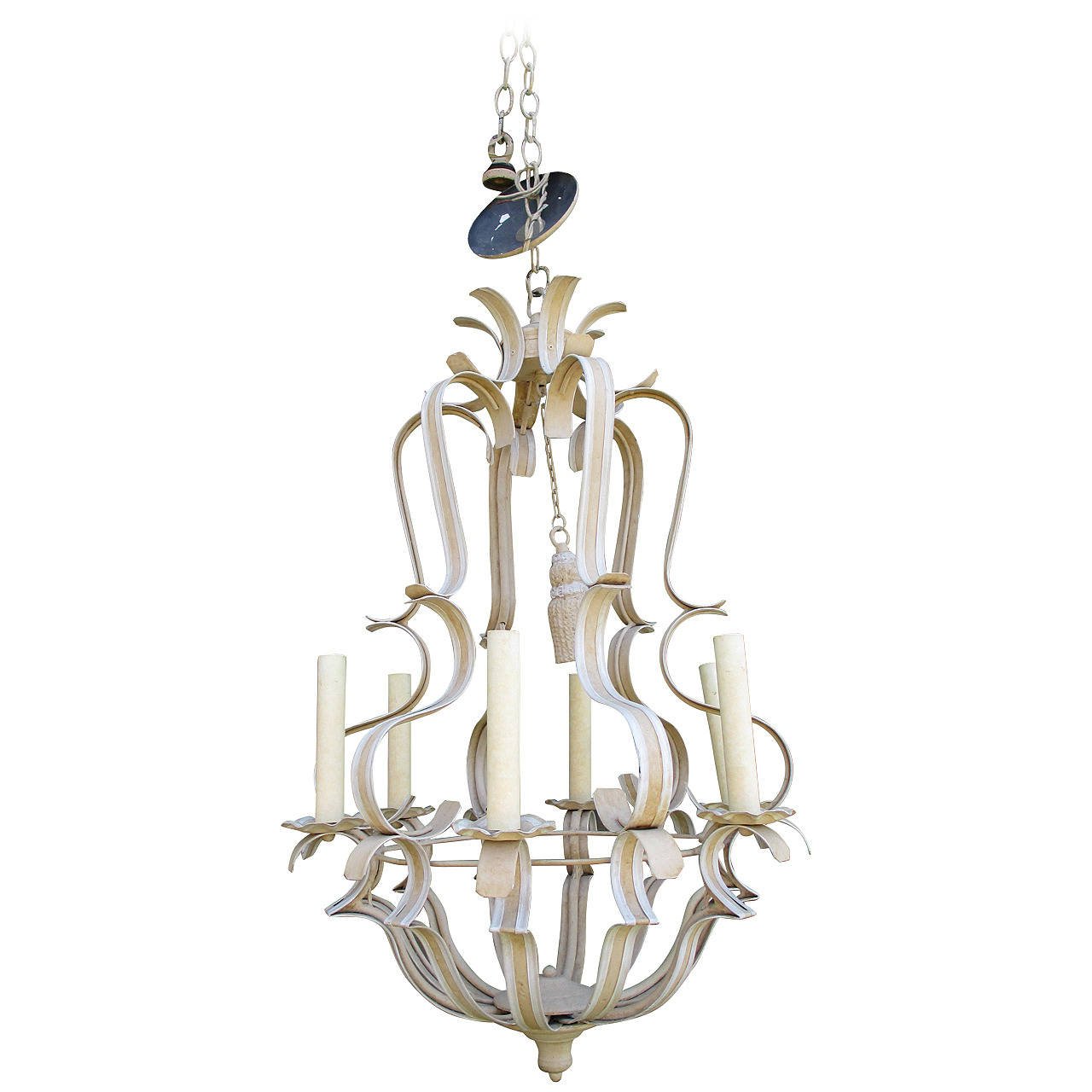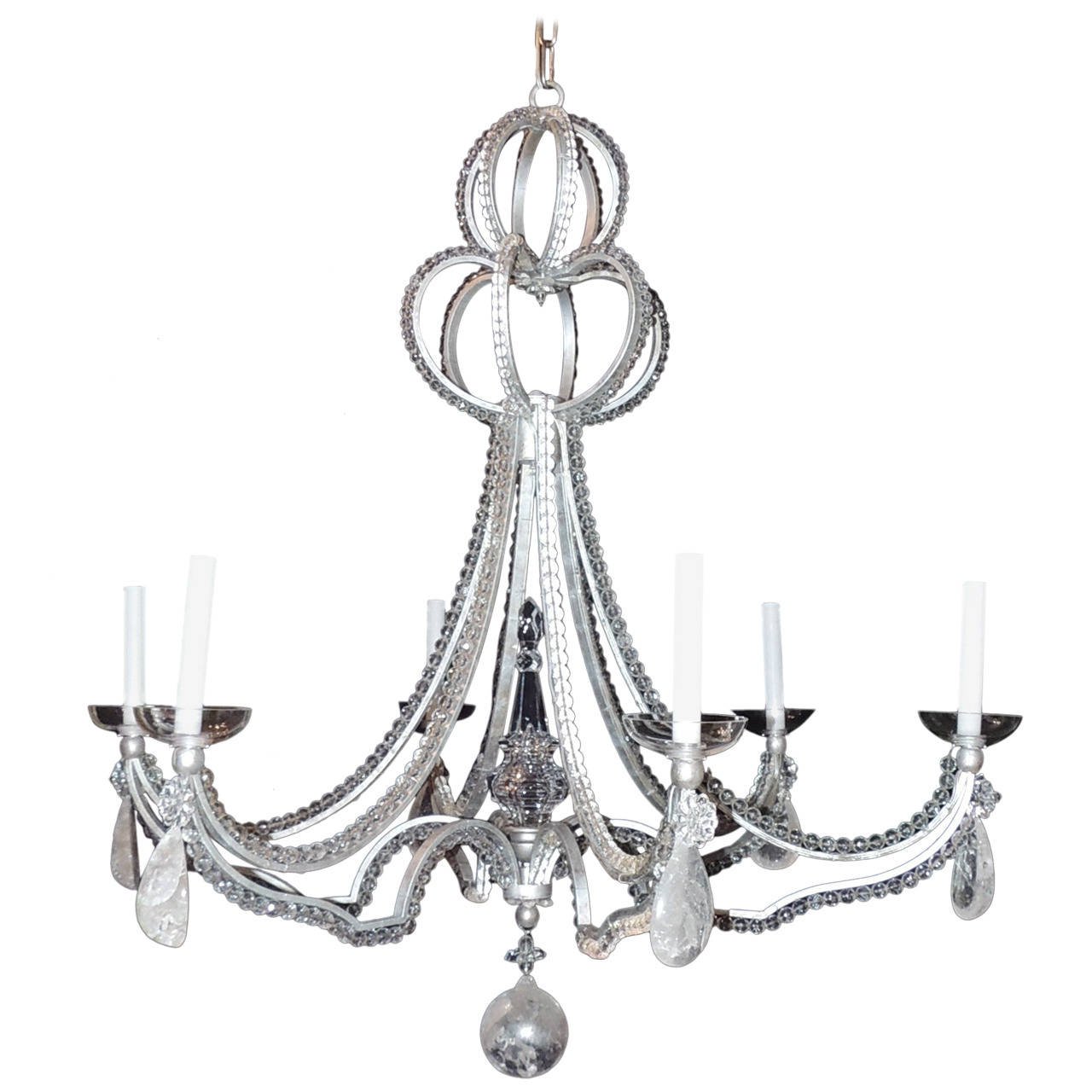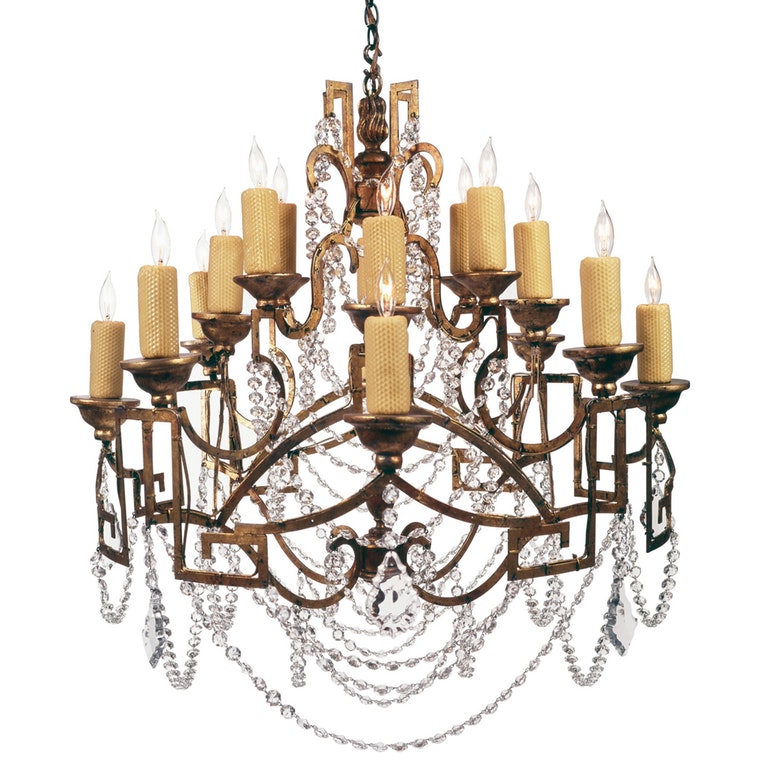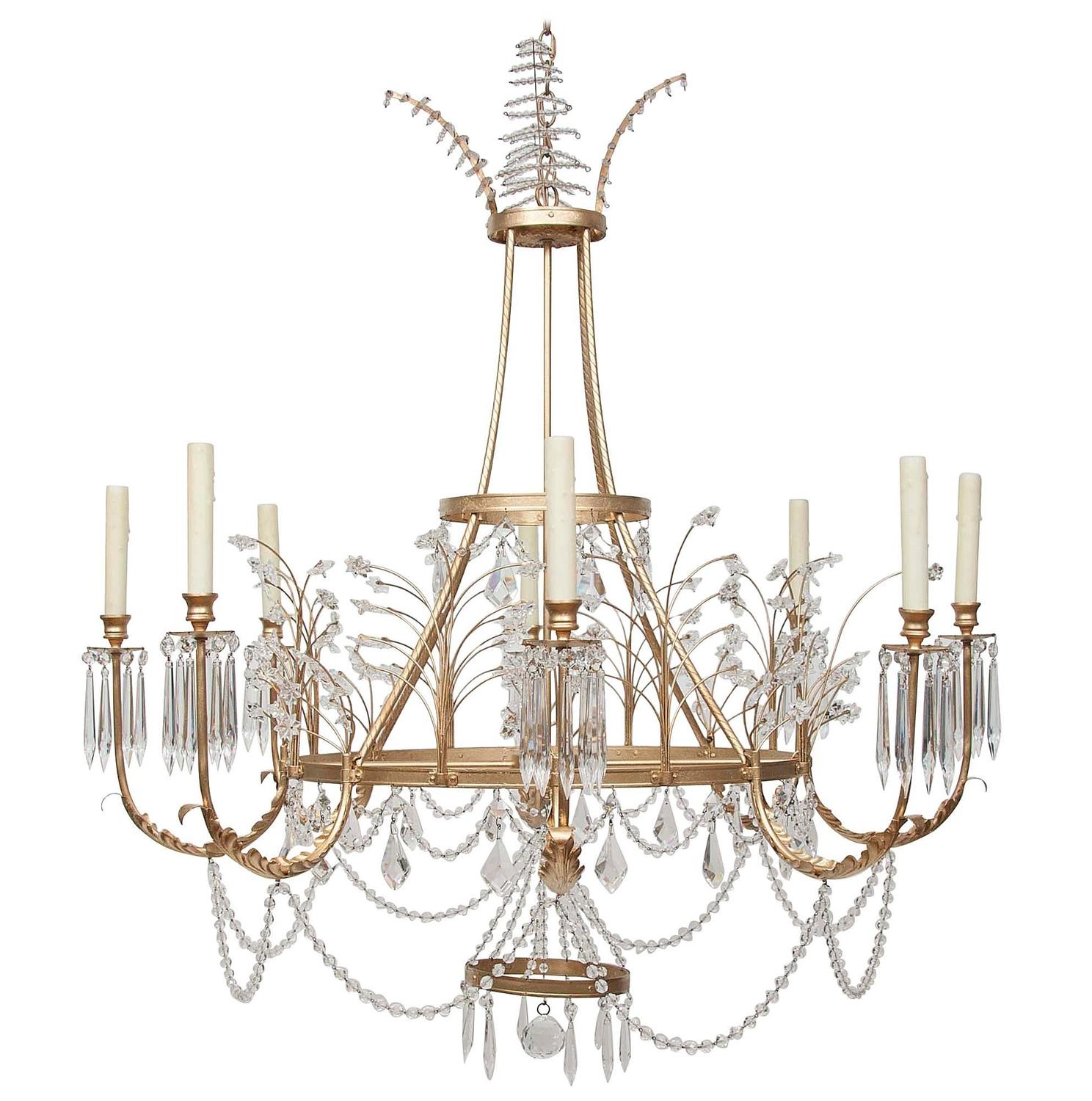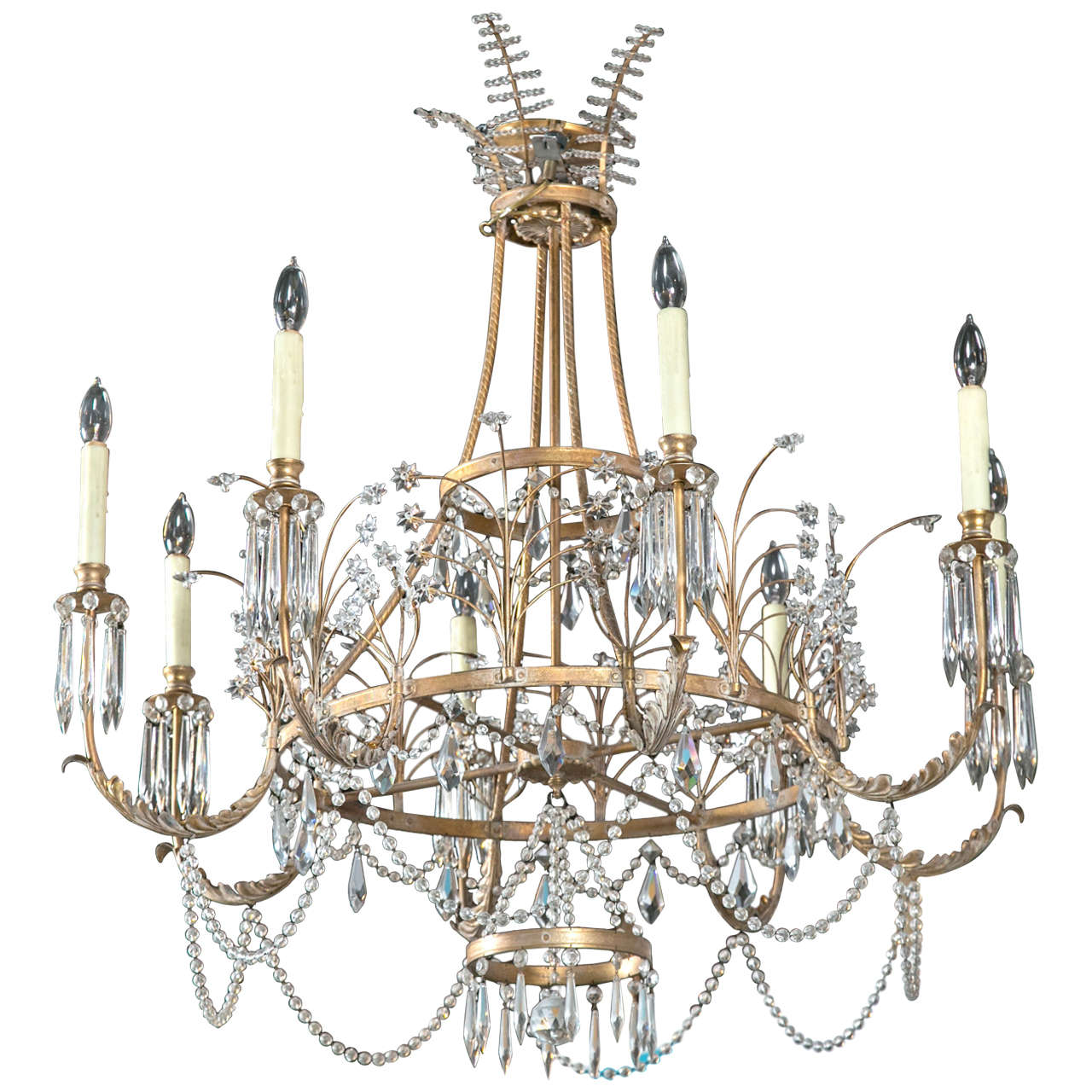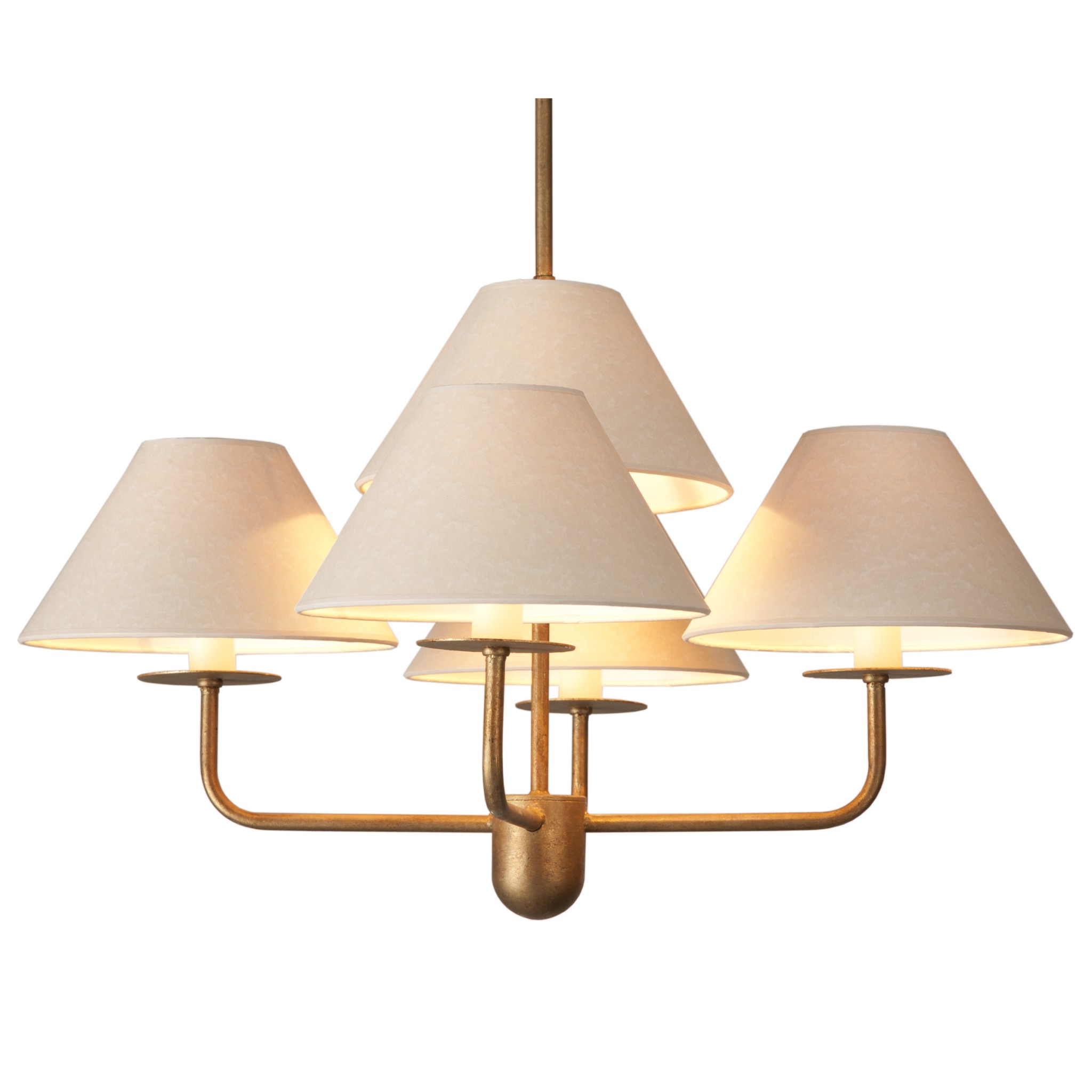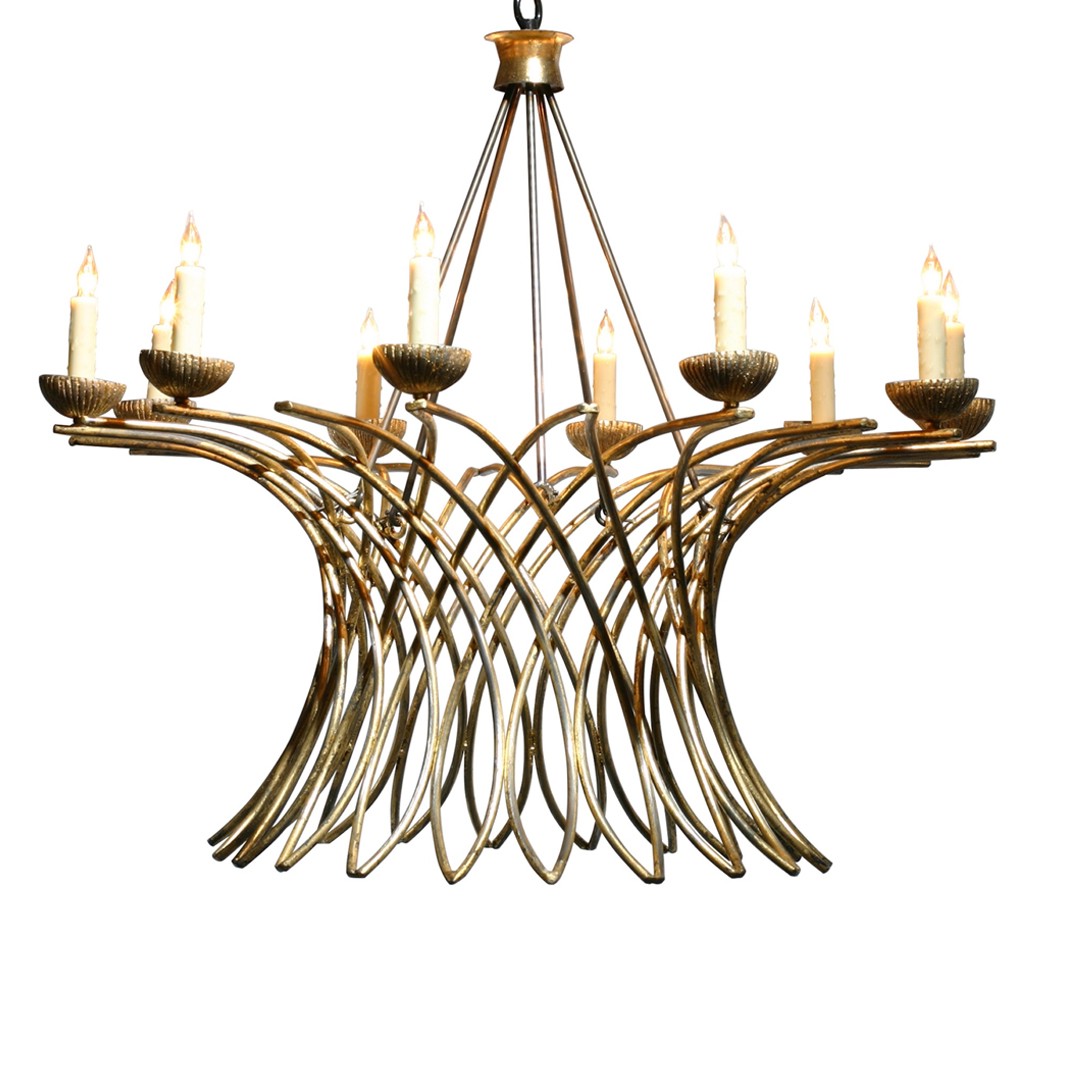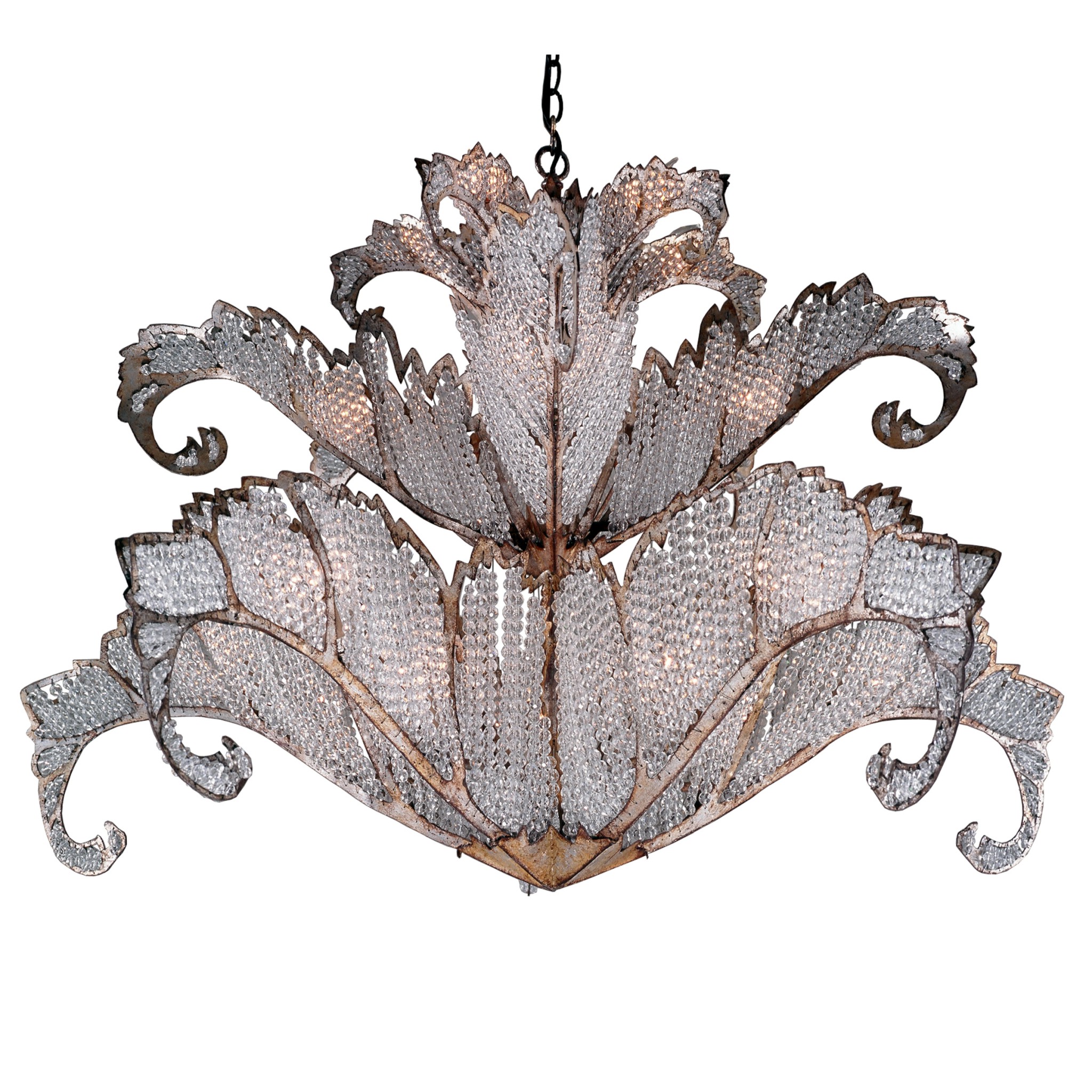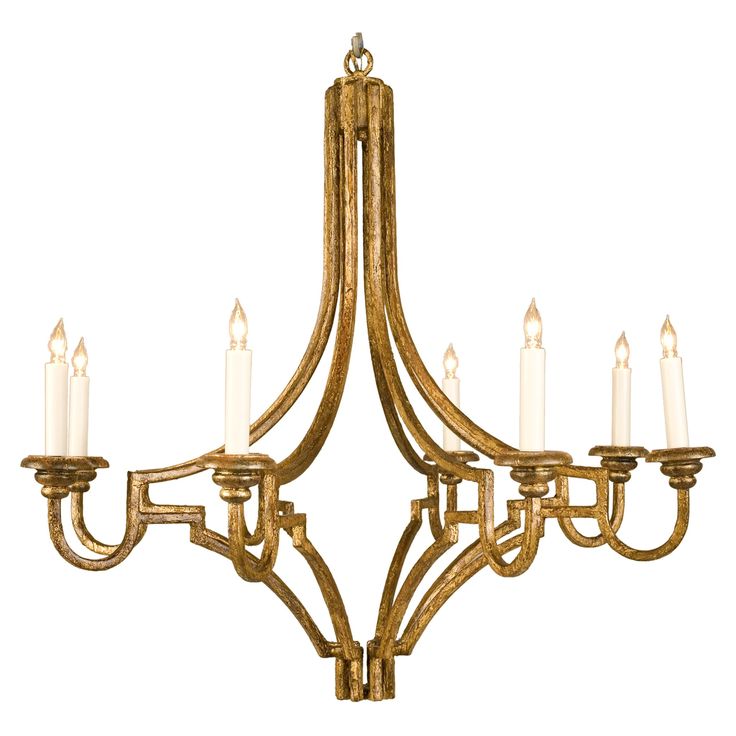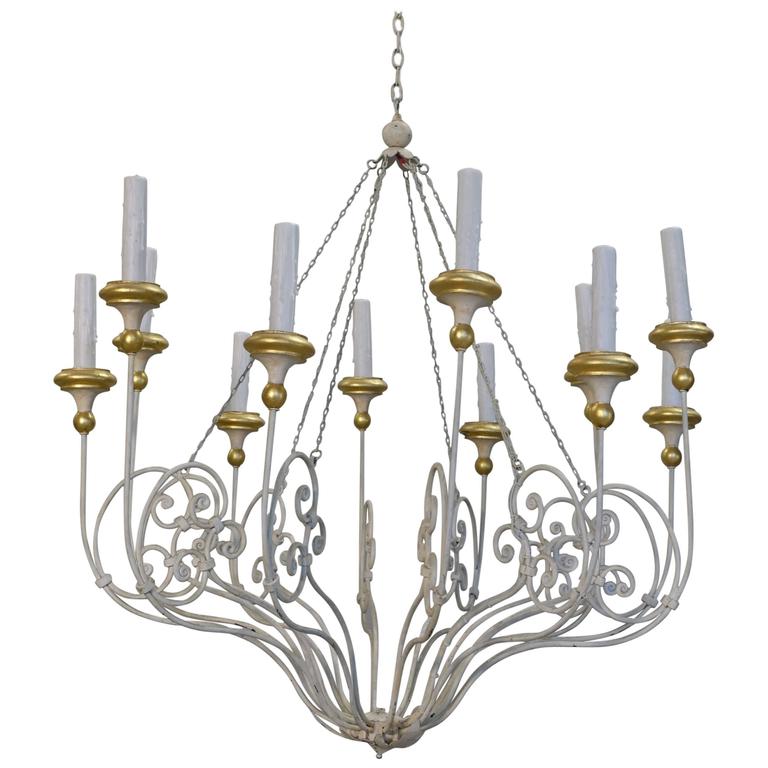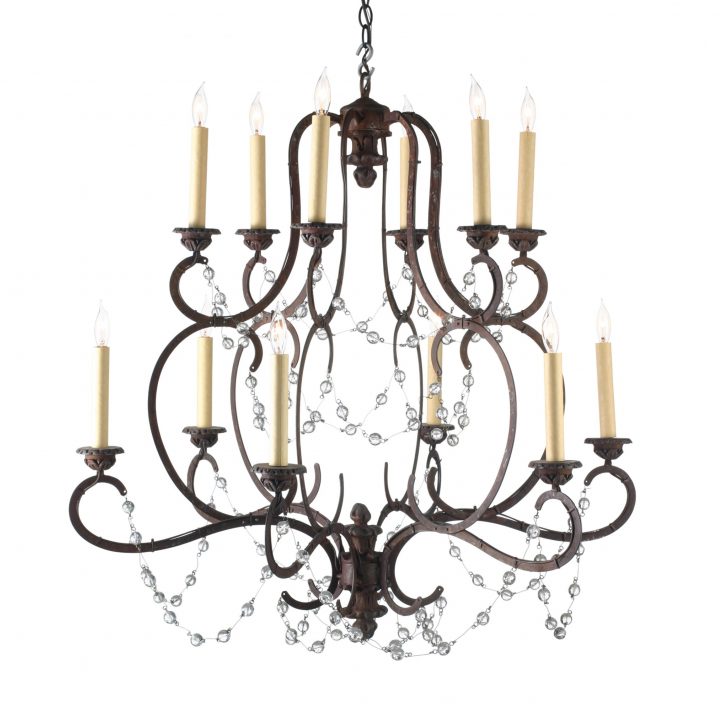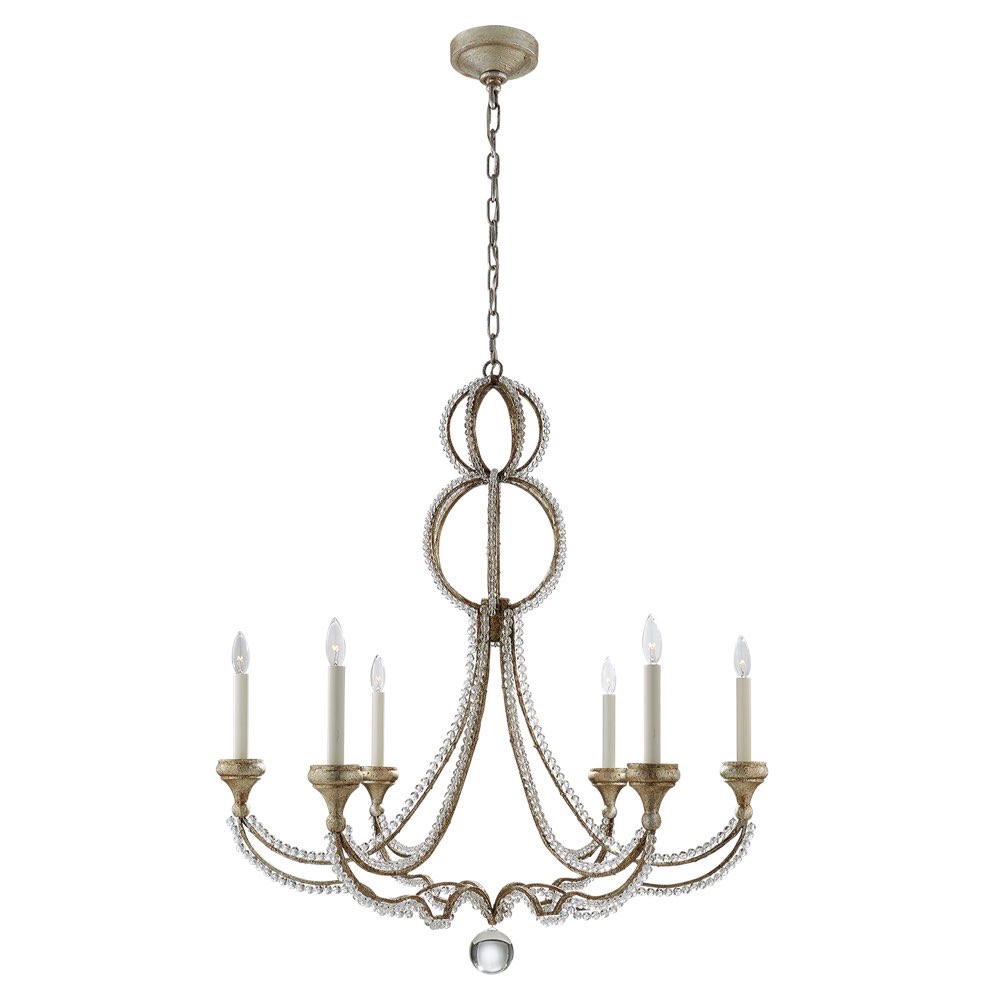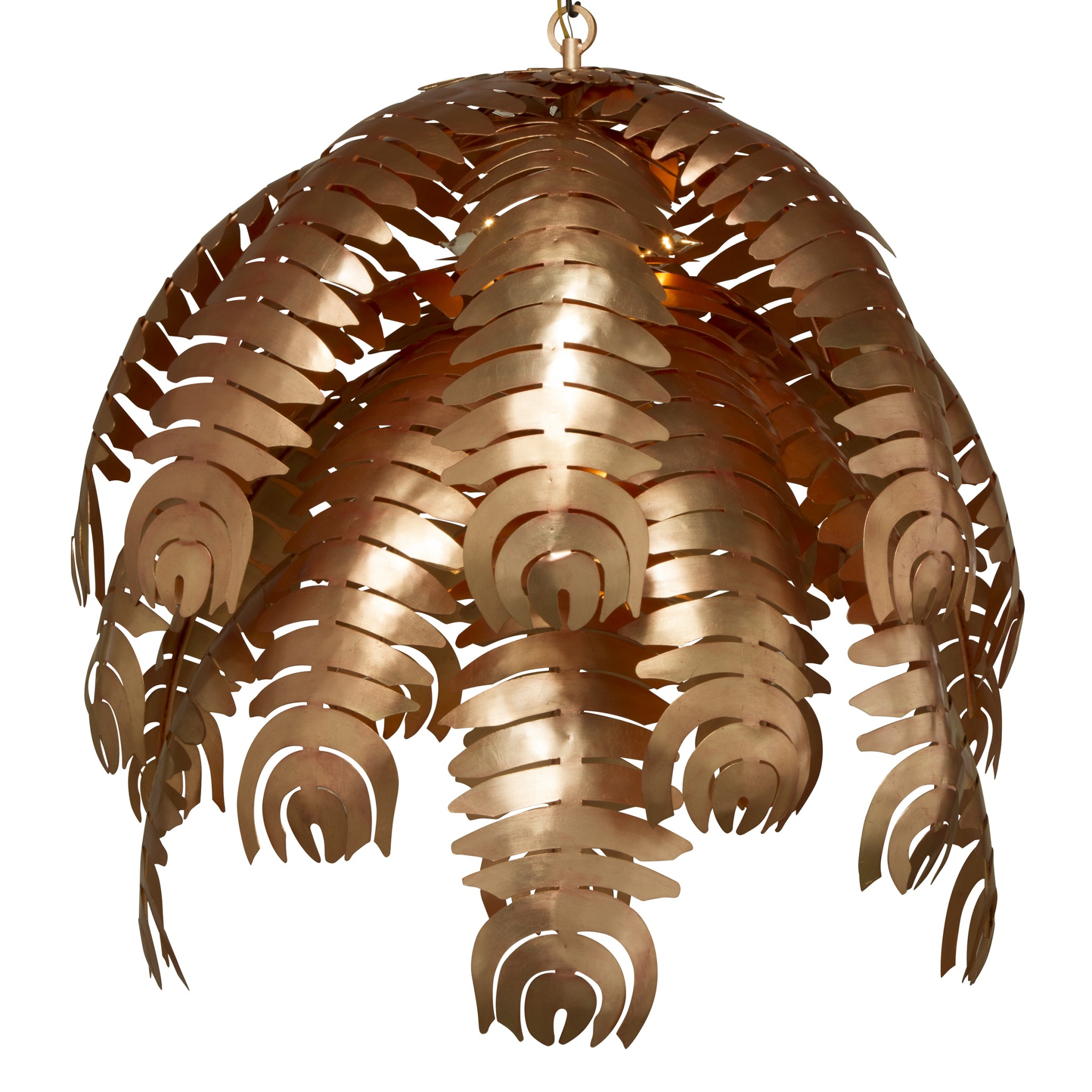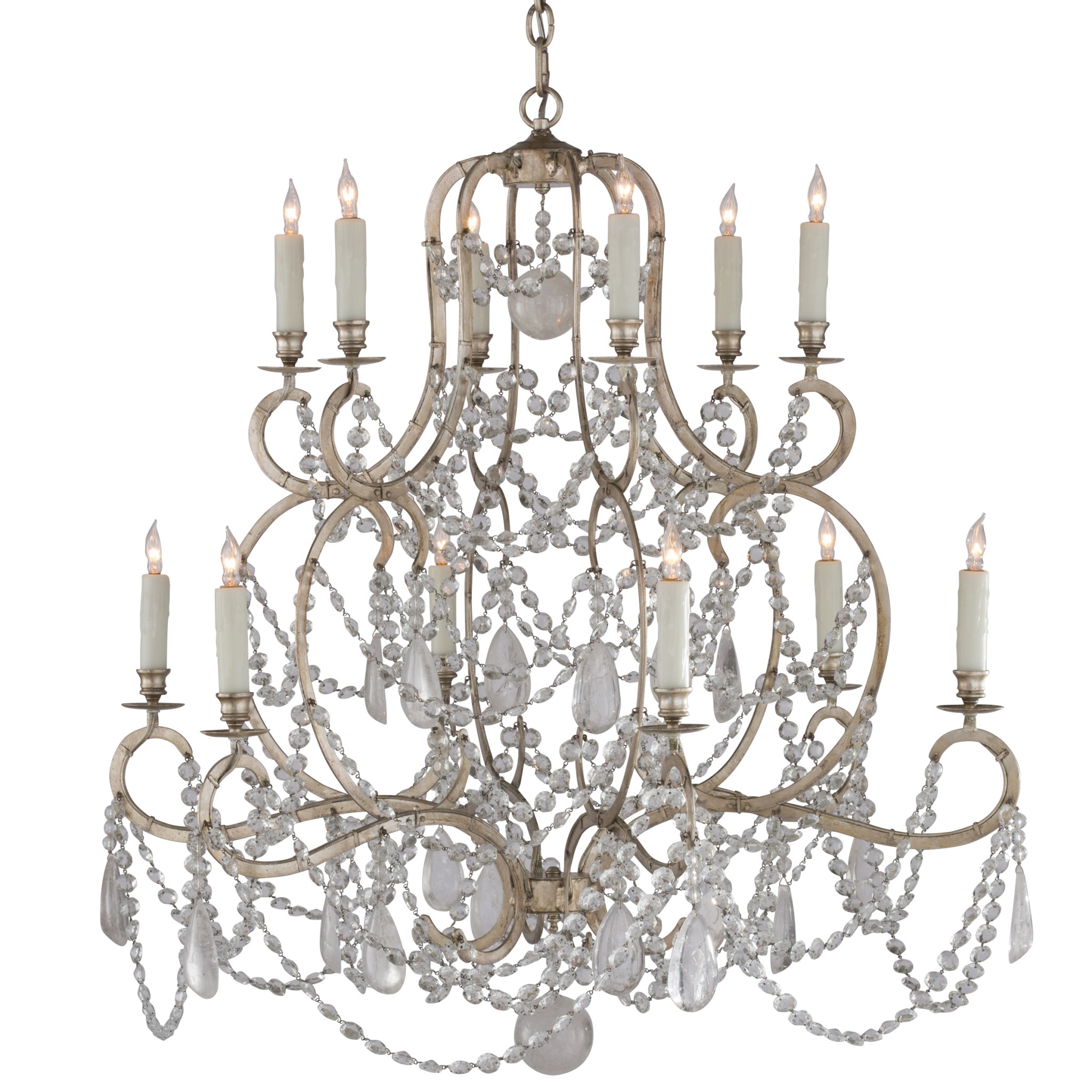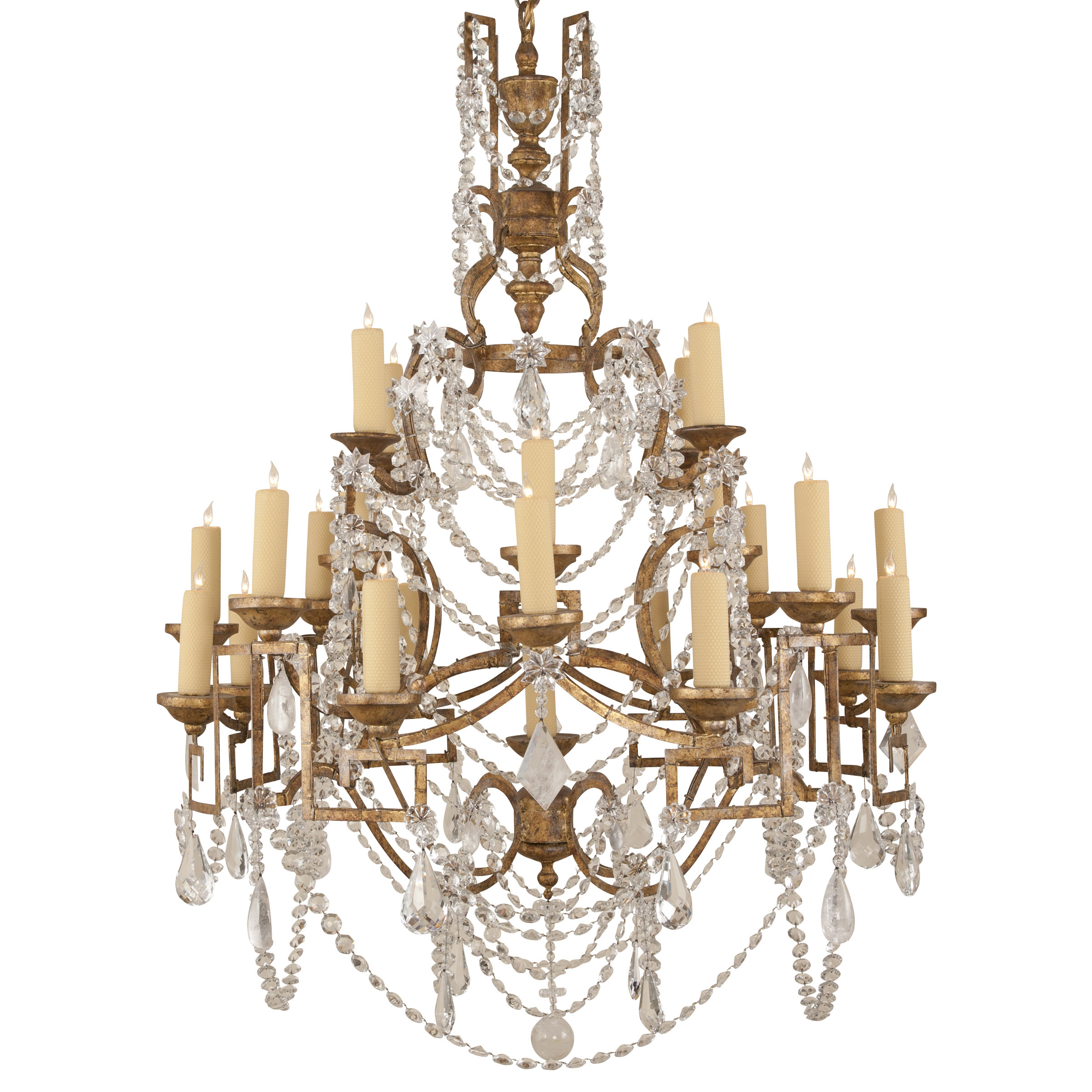Niermann Weeks Chandelier Italian Crystal
J. Paul Lobkovich and Michael Conway mediate between fantasy and reality every day. As co-owners of Lobkovich, Inc., a kitchen design firm based in Tysons Corner—Lobkovich is an architect and chief designer; Conway handles marketing and the business—they help clients navigate the multitude of design landmines that lie between their aspirational and actual lifestyles. When the couple, who owns a second home in South Beach and travels extensively, began to plan a move from their home with niermann weeks chandelier and pool on two acres in McLean to a more urban, lower maintenance Federal-style house at Evans Farm in McLean, they found themselves faced with the decisions many of their clients struggle with.
Niermann Weeks Chandelier for Lighting Fixtures
“We wanted something soothing and calming,” recalls Lobkovich. “It was essential for us to come home and not be inundated with a lot of design; we need our home to be quiet. We wanted to maximize the house, minimize the yard work and avoid the time-consuming process of custom-designing a new home that we knew from watching many of our clients. We wanted the shortcut version, the streamlined decision-making process.”
The six-bedroom 7,500-square–foot traditional floor plan with its formal entry and clear separation between generously sized rooms offered the simplicity and tranquility they desired as well as the flexibility to venture beyond the standard and accommodate the upgrades that would make the house uniquely their own. “We looked at a lot of houses,” explains Lobkovich. “We knew we didn’t like floor plans with lots of diagonals; you walk in and you see everything at once. And what do you do with all those trapezoidal spaces? The architect in me likes distinct symmetrical spaces.”
“We wanted something soothing and calming,” recalls Lobkovich. “It was essential for us to come home and not be inundated with a lot of design; we need our home to be quiet.”
The community’s proximity to their workplace and the available lot with a direct view of the tree-bordered pond sealed the deal. “In a perfect world we’d be living downtown,” says Conway. “We’re not commuters. This was as non-suburban as we could get and still be in McLean.”
Given Lobkovich’s passion for cars, the couple opted to expand the garage to allow space for five vehicles. To expand beyond the usual three-car garage, the builders excavated further under the house where there would have normally been a big family room. The rest of the basement was reconfigured to include a home theater and exercise room with a steam room. Millwork was upgraded throughout the house to emphasize the formality of the foyer and upstairs hallway, for example, and arched doorways into the living room and dining room further reinforce the feel. Ebony floors, achieved with a stain boosted with black dye, provided the drama that during construction shocked the flooring contractor as well as the homeowners’ future neighbors.
While Lobkovich tends toward soothing neutrals that showcase their extensive art collection, Conway prefers “things to pop.” With this house they agreed to introduce more color than they have with their other homes.
Transitional furnishings from such sources as Barbara Barry, Vesta Home and Hollis & Knight and pieces designed by Lobkovich himself, coupled with a minimalist approach to accessorizing, give the house its clean, contemporary feel. The owners’ approach to interiors was in part inspired by a three-year stint in the mid-nineties in Seattle. Lobkovich had spent part of his early years in the city, but for Conway, a New Englander, the experience proved to be particularly seminal. “Seattle has a pan-Asian feel that became a refreshing part of my evolution. This was where we first grew interested in a pared-down approach to living,” he says.
A case in point is the library/martini lounge. Oversized Macassar ebony panels and chrome brackets designed by Lobkovich add an unobtrusive and simple sculptural presence to the room. Holly Hunt sconces—contemporary and at once classic in form—speak to the mood of the house. Four oversized, custom-designed chairs in a bold green mohair fabric—Conway’s choice—and a coffee table float in the center of the room.
The couple’s eclectic and far-ranging tastes are particularly evident in the dining room. Here as elsewhere in the home, a custom Tibetan rug adds texture and subtle richness. The beading on the Niermann Weeks chandelier was reworked to make it looser and more expressive. Indian Mother & Child, an Andy Warhol silkscreen, hangs over an ebony sideboard commissioned from Bradd Mizell; a Rembrandt etching is paired with a 19th-century Chinese apothecary cabinet.
In the house plan, openness was reserved for the kitchen, breakfast room and family room, which open into each other. “This is the real living room of the house, the place where everyone gathers, and we wanted to make it as unstructured as possible,” says Lobkovich. “We get together with both our families a couple of times a year, and we needed a space that could comfortably
The builder left the kitchen raw so the couple could totally design it themselves. Suddenly the consummate listeners and analyzers of their clients’ lifestyles, aspirations and needs found themselves blindsided by their own emotions.
“Often clients want a kitchen based on the way they think they live,” says Lobkovich. “It’s an aspirational thing: Everybody’s a great cook and they love to entertain in their kitchen. They envision themselves having a dinner party for 30 in the winter; in reality they’re never going to do that. Our job as moderator is to help them sort through what they really need and don’t need and still satisfy their whimsical fantasy. That’s a role you can’t play for yourself.”
Conway agrees. “We had to come to terms with what we’re not and let go of the fantasy of entertaining and having big parties. We don’t live that way, we’re not great cooks and we’ve come to accept that about ourselves. We don’t entertain nearly as often as we’d like to pretend we do. In our last house, which now belongs to the chef and owner of Teatro Goldoni, the kitchen was more decorated, more about fashion—it was a fantasy about what great cooks we were. We had a 1,400-bottle wine cellar, now we have storage for 144 bottles. Unless you are a serious collector, most of us don’t require more wine storage than this.”
Lobkovich and Conway discovered their personal taste in kitchens is very streamlined, very simple, but at the same time they tried to avoid the normal off-white kitchen. Here, the richness is in the unexpected details: the re-plated and polished hand-forged cabinet hardware, the beveled mirrors and leather pulls on the pantry painted a rich red inside, the selected cabinet interiors that present a surprise punch of aqua. Lobkovich designed a whimsical metal hood to lighten up the very serious Lacanche range from France. The scalloped edge and balls—he repeated the pattern in the distressed cherry island—recall the lines of a jester’s hat. The touch of lightness is carried over in the curvilinear pattern in the tile backsplash accented by green and blue marble.
Form overruled function in the choice of the dramatic surface of the island. The dark brown and black Port Laurent marble with terracotta, gold and white veins is more typically seen as a fireplace surround or the top of a commode. Sensitive to, for example, acidic foods like lemons and tomatoes, it becomes high maintenance in this setting. Bronze chandeliers by Michael Graves echo the stone’s warm tones.
In the adjacent family room defined by columns, a wall of French windows opens onto a panoramic view of the pond. “We wanted an Asian Arts and Crafts feel in this space,” says Conway. “We wanted to avoid an overstuffed look.” The fieldstone mantel and a refurbished Mission chair passed down through Lobkovich’s family help set the tone. A Chinese cabinet is the perfect Arts and Crafts red, its tonalities picked up in the decorative pillows on the sofa. The walnut cocktail table designed by Lobkovich and built by his brother, a wooden-boat builder, features navy blue lambskin insets and gold leaf accents.
“This house is us, pared down and no-nonsense,” says Conway. “The luxury is in having exactly what you need and attending to the details.”

